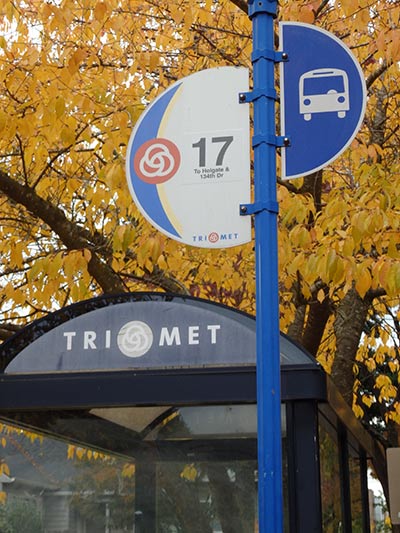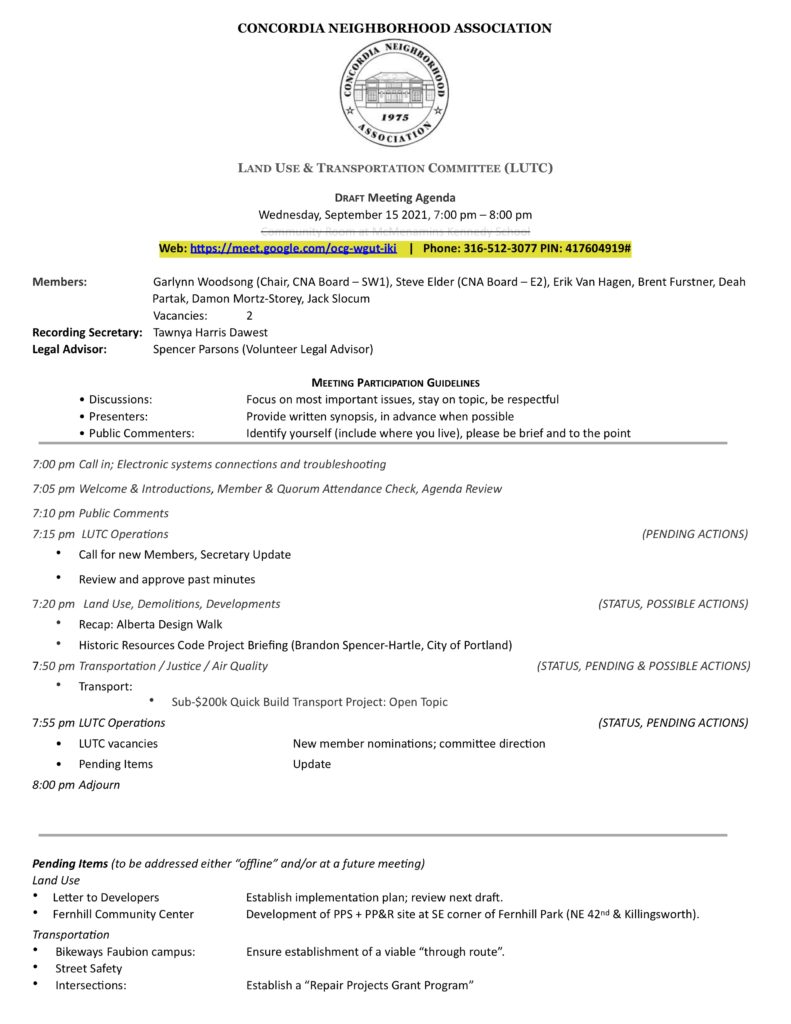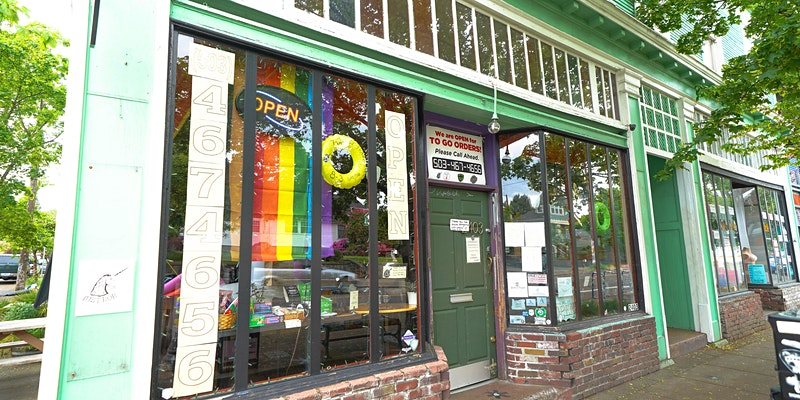By Rob Cullivan and Kepper Petzing
Neighbors living along Northeast Prescott Street have one message for drivers: SLOW DOWN!!
Fed up with hundreds of vehicles daily speeding – and sometimes crashing on their street, residents are working together to ask the city of Portland to address traffic safety issues.
Traffic safety advocates will discuss their concerns at the General Membership Meeting of the Concordia Neighborhood Association at 7 p.m. Wednesday, June 7, in the Community Room at McMenamins Kennedy School, 5736 N.E. 33 rd Ave. The Prescott issue is planned to be addressed at 7:30 p.m.
Sabin leader
Kathleen McConnell, chair of the Sabin Community Association’s Land Use and Transportation Committee, said she wants to rally residents of five neighborhoods through which Prescott runs to put an end to vehicular speeding on her street. McConnell said residents of the Concordia, Sabin, King, Vernon and Alameda neighborhoods need to raise their voices about the issue.
“Visually, Prescott looks like a speedway,” she says, noting its posted limit is 25 mph, but hundreds of cars daily exceed the limit. “It invites people to speed through it.”
She and other residents would like to see the Portland Bureau of Transportation install speed bumps aka cushions as well as more stop signs on Prescott. She noted that one concerned resident has even started an Instagram page, “@slowdownonprescott” to collect photos and data on crashes.
Tiffany Allmandinger lives near the intersection of Prescott and 24 th streets. Had she known Prescott would be overrun by speeders, she would have never bought her house there five years ago, she says.
An astronautics engineer who’s also an amateur auto racer and semi-pro cyclist, Allmandinger says she’s familiar with how vehicles sound when they speed and estimates that only 10 percent of drivers on Prescott observe the 25-mph speed limit.
Every night, vehicle after vehicle drives anywhere from 45 to 90 mph past her house, she says. Her corner was the site of a fatal accident in 2020 when a speeding drunk driver was killed after crashing into a tree at 90 mph.
“At night it’s basically a racetrack,” Allmandinger says, adding that cars routinely recklessly pass each other. A cat she owned was killed by a driver, she says, and a neighbor’s dog was injured after a hit and run. There are almost no stop signs or signals for much of Prescott in her area, she adds.
“I want the city to make it physically impossible for people to speed on Prescott,” she said. “You can’t get people to change their behavior, you have to encourage them to change behavior. I would be happy to see a stop sign on every other block.”
PBOT response
Since learning of the residents’ concerns in 2018, PBOT has responded with some measures over the past few years to mitigate the traffic issues. Prescott’s speed limit was reduced from 30 mph to 25, and the city pruned tree limbs as well as prohibited parking within 20 feet of intersections to increase pedestrian visibility, among other measures.
However, in a Jan. letter PBOT sent to the Sabin LUTC, an official noted that, as bad as Prescott is when it comes to crashes, it’s not as bad as other Portland streets. Due to budget constraints, among other factors, PBOT prioritizes addressing traffic safety issues in what is called the High Crash Network. The HCN is made up of 30 streets with the highest number of serious crashes in Portland. The HCN makes up 8% of Portland’s streets, and yet they account for 60% of fatal crashes.
“NE Prescott Street is not part of Portland’s High Crash Network,” PBOT told the Sabin LUTC.
PBOT has stated it plans to install at least two Speed Reader Boards, electronic signs that use radar to detect the speed of an approaching vehicle and display them, on Prescott. Dylan Rivera, PBOT public information officer, said his bureau is gathering information to further address neighbors’ concerns.
“We plan to take a closer look at the area later this year to see what we might be able to do to address safety concerns with signs and markings,” he says.


